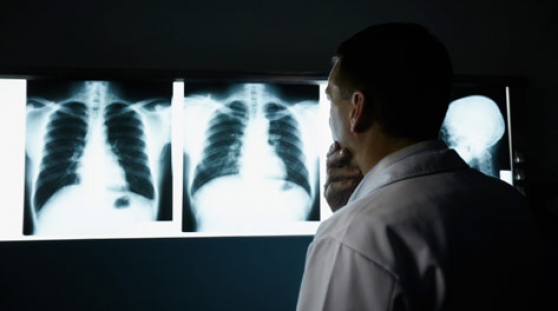Chronic Myelogenous Leukemia Health Center
Table of Contents

Because CML does not show symptoms until the final phase, it can be difficult to diagnose early on. However, there are steps one can take to receive a diagnosis and start treatment.
A physical exam can help your doctor not only check general signs of health, but also detect if your spleen is enlarged, a sign of CML. A CBC, or complete blood count, will be taken with a sample of blood to determine the number of red blood cells, platelets and white blood cells as well as the amount of hemoglobin (protein carrying oxygen within blood).
A cytogenetic analysis is a test in which cells in a blood sample or bone marrow sample are viewed beneath the lens of a microscope to look for particular changes in the chromosomes, such as the Philadelphia chromosome.
A bone marrow aspiration and biopsy may be used to look for abnormal cells. A needle is inserted into the hip or breast bone removing a small piece of bone, blood and bone marrow. These substances are looked at beneath a microscope where an abnormality is easier to identify.
During or after the diagnosis, your doctor or pathologist may give you a prognosis, which is your chance of recovery. This and your treatment options depend on your age, the phase of CML, the amount of immature blood cells infecting the blood and bone marrow, the size of the spleen and your general health.
